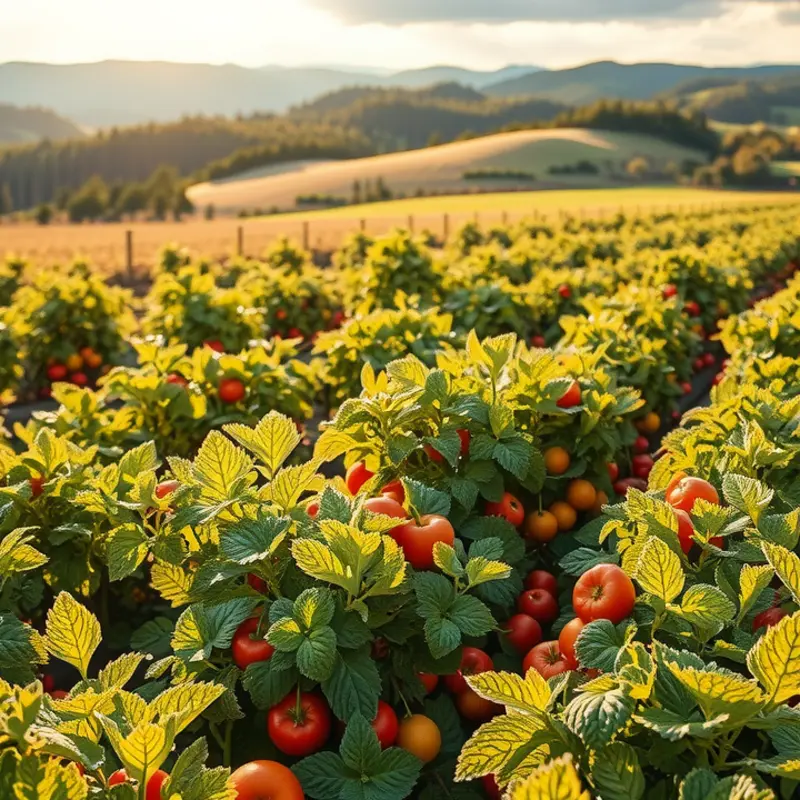Toasting nuts brings out their rich flavors and enhances their natural oils, making them a perfect addition to a variety of dishes. Whether you’re preparing a tasty salad, a delightful dessert, or a savory dish, learning to pan-toast nuts is an essential kitchen skill. This guide will walk you through simple and effective methods for toasting nuts in a pan, suitable for cooks of all levels. With straightforward steps and helpful tips, you’ll soon be adding perfectly toasted nuts to your cooking repertoire.
Essential Preparations Before Toasting

Toasting nuts is an art that begins well before they hit the pan. Each preparatory step plays a crucial role in unlocking the full potential of the nuts’ aroma and flavor. Knowing which types of nuts to use, selecting the right pan, and applying tried-and-tested techniques will elevate your culinary prowess. Let’s delve into the essentials for optimal success.
Selecting the Perfect Nuts
All nuts can be toasted, but some lend themselves better to the process. Almonds, pecans, and walnuts develop rich, complex flavors when toasted, while hazelnuts benefit from a quick roast to bring out their buttery sweetness. Cashews, with their delicate texture, require gentle heat to avoid bitterness. Always opt for raw, unsalted nuts for toasting, as pre-roasted or salted varieties can influence the final taste and texture.
Before you begin, ensure your nuts are fresh and free of rancidity. The quality of the nuts directly impacts the toasting outcome. A good practice is to keep your nuts in airtight containers, stored in a cool, dry place, or refrigerated to maintain their freshness over time. For more on effective storage techniques, visit Eco-Smart Kitchen Storage.
Choosing Your Pan
The choice of pan can make or break your nut toasting adventure. Opt for a heavy-bottomed skillet or sauté pan to ensure even heat distribution. Cast iron pans are excellent for retaining consistent heat, while stainless steel ones provide quick temperature adjustments. Avoid non-stick pans, as they don’t heat evenly at higher temperatures. This may result in some nuts cooking faster than others.
Also, consider using a pan with raised sides to prevent spillage when stirring. Make sure the pan is large enough to hold the nuts in a single layer, allowing for uniform toasting. Crowded pans can lead to uneven cooking.
Enhancing Your Toasting Skills
Preparation isn’t merely about selecting ingredients and tools; it extends to your approach and attitude. Begin by measuring your nuts. This basic step prevents overloading the pan, ensuring each piece toasts evenly.
Next, rinse the nuts under cold water to remove any debris and then pat them dry thoroughly. Drying is crucial, as moisture can create steam in the pan and lead to soggy or steam-roasted nuts instead of the desired crisp texture.
Finally, acquaint yourself with the signs of optimal toasting. You’re looking for a golden-brown color accompanied by a fragrant, nutty aroma. This is your cue to remove the nuts from heat immediately, as they can quickly transition from beautifully toasted to burnt.
With preparation as the backbone of successful pan-toasting, you’re equipped to embark on a flavorful journey. The right choice of nuts and pan, coupled with practical preparations, lays the groundwork for elevating even the simplest of dishes.
Step-by-Step Guide to Perfectly Toasted Nuts

Toasting nuts is a straightforward technique that adds incredible flavor and texture to your culinary creations. Whether you prefer almonds, walnuts, or pecans, understanding the fundamentals of pan-toasting will result in consistently delicious results. This guide will walk you through each step to ensure your nuts are perfectly toasted every time.
Begin by selecting a heavy-bottomed pan, which allows for even heat distribution and prevents scorching. Place the pan on the stove over medium heat. It’s important to avoid high heat, as nuts can burn quickly. Preheat the pan for just a minute or two; an evenly warmed pan is key to success.
Add your nuts to the pan in a single layer. Avoid overcrowding, which can cause uneven toasting. If you have a large batch, toast them in smaller portions. Stirring is the next critical step. Use a wooden spoon or spatula to keep the nuts moving, ensuring they toast evenly without burning.
Timing is everything. The toasting process typically takes between 5 to 7 minutes. Keep a close eye during the final minutes. You’ll know they’re done when they turn a few shades darker and release a rich nutty aroma. Let your sense of smell guide you; if you detect a slightly burnt smell, remove them immediately to prevent bitterness.
If you want to do a quick taste test, allow a nut to cool slightly before sampling. A perfectly toasted nut will have a crisp texture and enhanced flavor profile. If they need more time, continue stirring for another minute, checking constantly.
Troubleshooting Common Issues:
- Burnt Nuts: If your nuts burn, it’s likely due to high heat or neglecting to stir. Reduce the heat and remain vigilant during the process.
- Uneven Toasting: This can result from not layering the nuts flat in the pan. For best results, ensure an even layer and constant movement.
- Overcrowded Pan: Toast in batches if needed. Too many nuts can trap heat and lead to inconsistent results.
For additional tips on enhancing flavors without extra salt, consider exploring Flavor Boosters Without Salt to complement your toasted nuts.
Once perfectly toasted, remove the nuts from the pan immediately and spread them on a plate or tray to cool. This halts the cooking process and maintains their crispness. Store your toasted nuts in an airtight container to preserve their freshness and enjoy them as a versatile ingredient in a variety of dishes.
With these detailed steps, you can master the art of pan-toasting nuts, adding depth and appeal to your culinary repertoire.
Final words
Pan-toasting nuts is a simple yet impactful technique that can elevate your dishes by adding depth and flavor. By following the straightforward steps outlined in this guide, you can confidently toast a variety of nuts to perfection. Remember, practice makes perfect! With time, you’ll refine your skills and adapt your technique to meet your culinary needs. Toasted nuts can enrich salads, desserts, and main dishes, so don’t hesitate to experiment with different varieties and flavors. Enjoy the satisfaction that comes with honing your cooking skills and delight in the delicious results!







